Sitting next to Biggin Hill Aiport in southeast London is a newish museum that’s recently been refurbished to tell the story of how it was one of London’s lines of defence during WWII.
The airfield was originally opened during WWI, but massively expanded during WWII and with its location sitting between London and mainland Europe was a critical location for the defence of London.
After the war, it took over civilian duties from Croydon Airport when that closed, and is now still an operational airport for private customers, and a wander around the airport perimeter is to luxury jets taking off or landing as the super rich or important avoid using public transport to get around the world.
Although it’s no longer a military base, there is still a patch of military land next to the airport, which is still designated as RAF Biggin Hill, and apart from housing the headquarters of 2427 Squadron of the Air Training Corps – it also contains a museum and a chapel.
The museum is a paid venue, and although it’s attached to the chapel, the chapel and its exhibition are somewhere you can visit for free.
The museum is not large. In fact, it’s just one room. A large room, but just one room.
It’s mostly filled with display boards telling the history of how the airfield became such an important site for the defence of London and the stories of the many people who worked and served there.
There are a lot of very interesting stories being told here, from its use in developing early wireless communications to the first Sikh and Indian to serve in any flying service in the world — and was based at Biggin Hill during WWI. I learned that there had been an official newspaper for prisoners of war and the meaning behind the Cock Squadron.
However, despite all that, the museum left me feeling a bit cold.
It’s mostly display boards and not much in the way of actual objects to look at. Telling the story of the people that make a place is critical, but if that’s all the museum is, then you are better of sitting at home and reading a good book about it. For the museum to be a destination to visit it needs to add that magic miasma of experience and seeing tangible objects.
This is a modern building so the building isn’t that historic, and there’s very little of the actual heritage from the airfield at war on display. There’s some, but it’s quite thin gruel in delivering that magical sensation you get when you stand in the presence of history itself.
Fortunately, there is something interesting to see, and that’s the chapel next door, which is a post-war replacement for the chapel bombed during the war — and looks the part. Lots of military regalia fill the low-lying space and the stained glass windows are marvellous.
It’s a chapel for remembrance of those who died in service, but it’s a beautiful one.
There’s also a good exhibition in the room next door about the women who served at RAF Biggin Hill and that tells a not told often enough story of how women weren’t just making cups of tea and working in factories but were flying aircraft and earning equal respect to their male colleagues.
But not equal pay for the same work.
The recently renamed RAF Biggin Hill Museum & Chapel is OK to visit. A bit expensive for the museum alone, and although the chapel is free to visit, if you bundle them together, it’s OK. Sadly, I just didn’t get the feeling that it’s a destination museum that justifies the effort of getting there.
The museum is open Tues-Sun and entry for adults is £6.50, and for families £15.
If you want to visit a WWII airfield themed museum, I’d suggest the RAF Hornchurch Heritage Centre as a better, and much easier to get to alternative.
Getting to RAF Biggin Hill Museum & Chapel
The museum is a bus ride from Bromley South railway station, with the 320 and 246 buses running roughly every 20 minutes and a bus ride of about 20 minutes.
Alternatively, there’s a helicopter shuttle from central London to the airport that takes just 6 minutes if you’re feeling rich and fancy.
If you’re in the area, then on the other side of the airport is Charles Darwin’s home at Down House, which is about a 40-minute trip by bus (or about an hour’s walk around the south side of the airport), and I would say that doing the two together then makes a visit to Biggin Hill worthwhile.

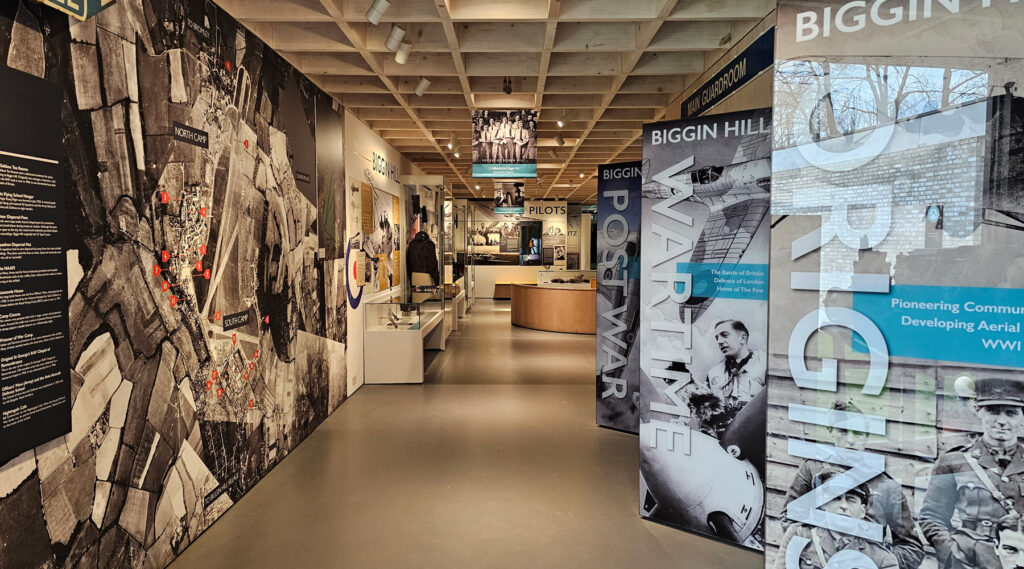
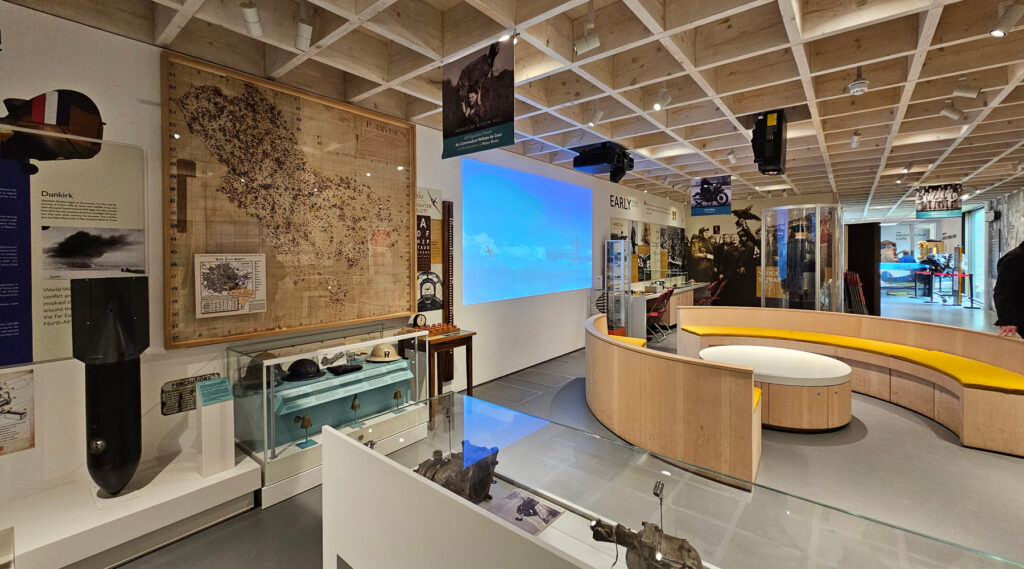
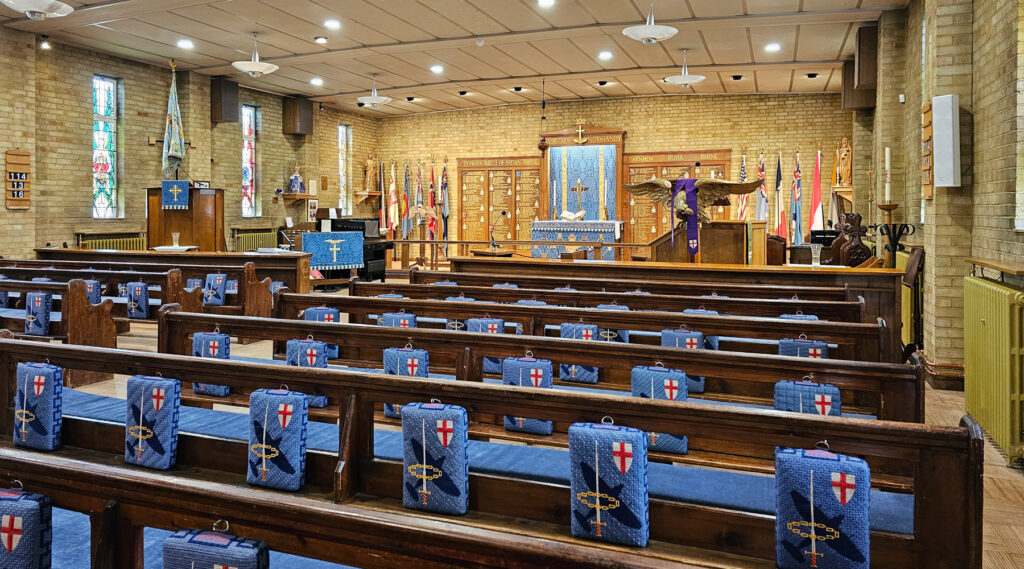
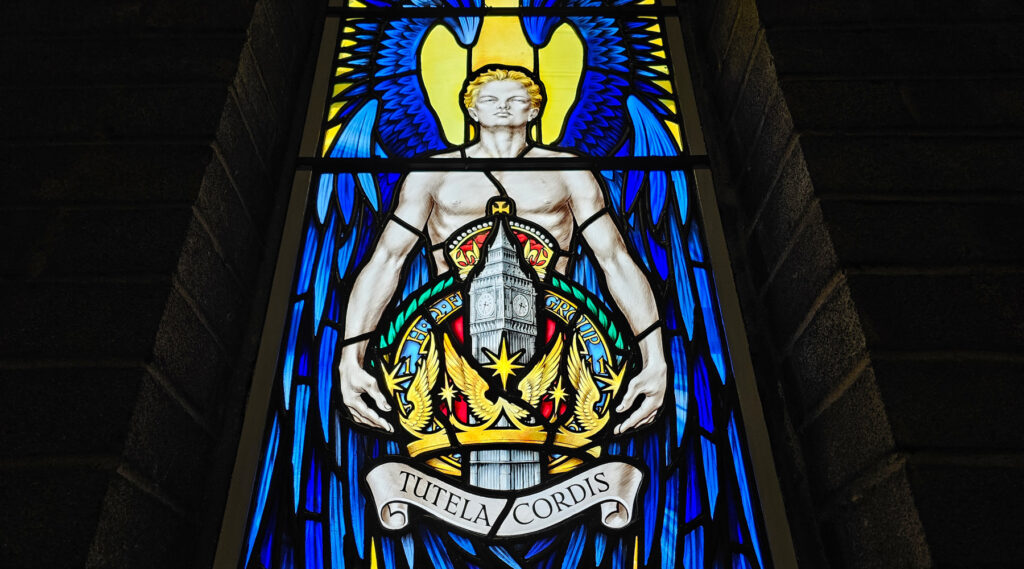
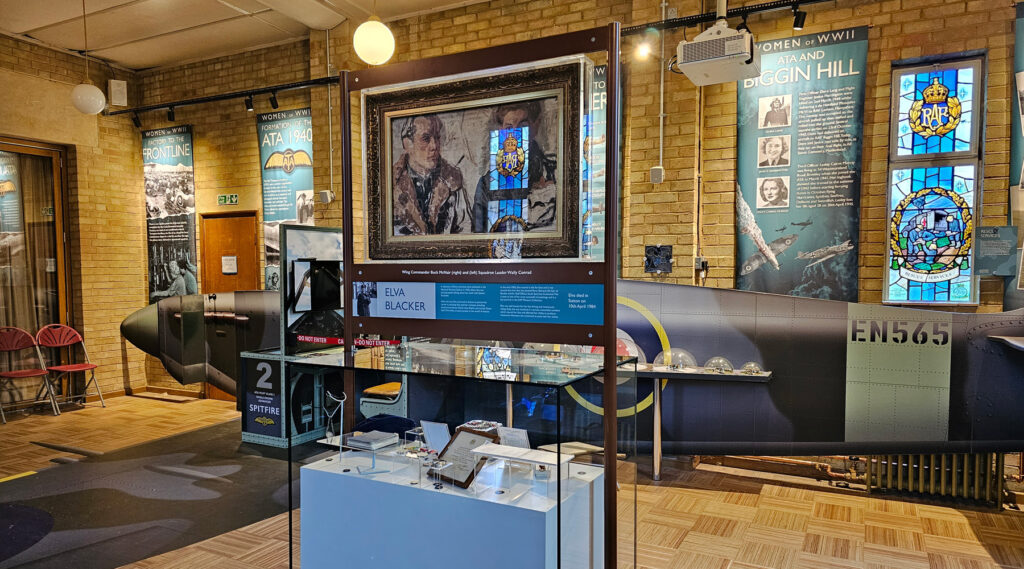
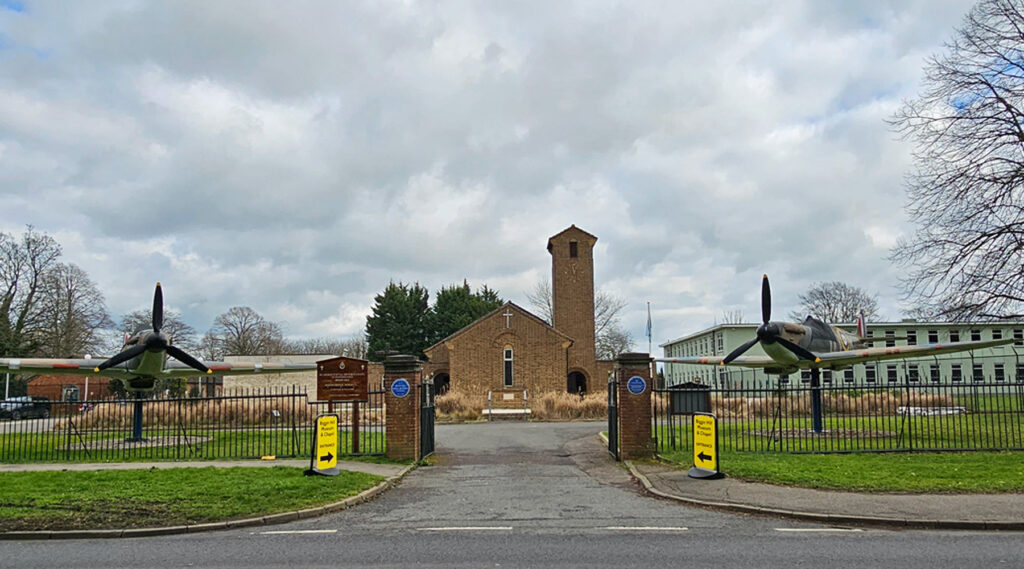






I wonder what you missed going round the museum…merlin engine, parts of aircraft, morse code machine, skill test games, Anderson shelter experience. So much more in the museum than the report from you would indicate. The Chapel is the jewel in the Crown and the history in there is worth a visit in its own right.
I didn’t see the Anderson shelter, but I did see the rest, and it doesn’t change the fact that it felt thin as a collection of historic artefacts.
RAF Museum Hendon would be my recommendation. Nowhere else you will see a Shorts Sunderland flying boat not to forget the Rolls Royce Merlin block, 27litre capacity, more than 1000 bhp.
Then of course you can Fly In A Spitfire with the Biggin Hill Heritage Hangar!
The Ultimate Experience, Fly in a 2 seat Spitfire from Biggin Hill
https://www.flyaspitfire.com
Contact! Engine Start! Chocks Sway! Tally Ho!
I can’t comment on the BH Museum, but I would endorse Ian’s comments about RAF Hornchurch.
It’s run by very friendly and enthusiastic volunteers, and has a very comprehensive collection of artefacts that should be of interest not only to aviation and military historians, but also to those interested in history generally.
The Museum has a cafe which sell snacks and drinks and a small gift-shop for souvenirs.
I live about 1/2 mile from St George’s Chapel and have attended many services there. The chapel is a wonderful building and well worth a visit. Unfortunately in order to build the rather useless museum Bromley Council knocked down part of the chapel and destroyed the beautiful established garden including the Garden of Remembrance. Then they built a horrible white brick box to house the museum.
I guess it does not get many visitors as the whole place is ruined by by numerous huge adverts tied to the front fence which makes it look like a down beat Sunday market.